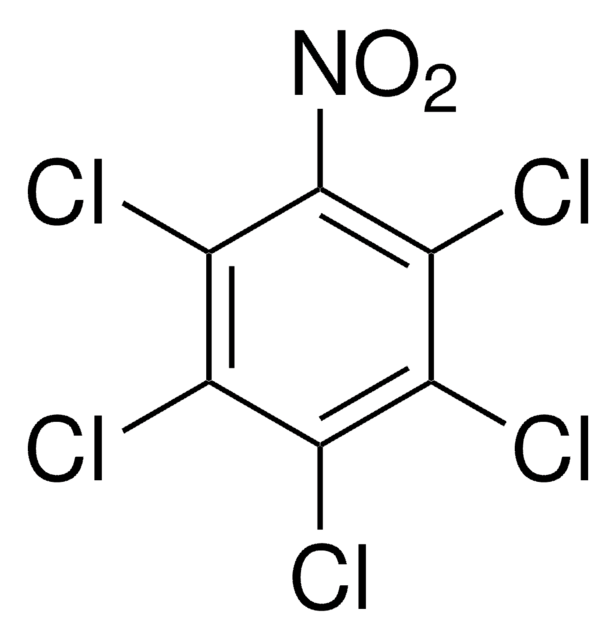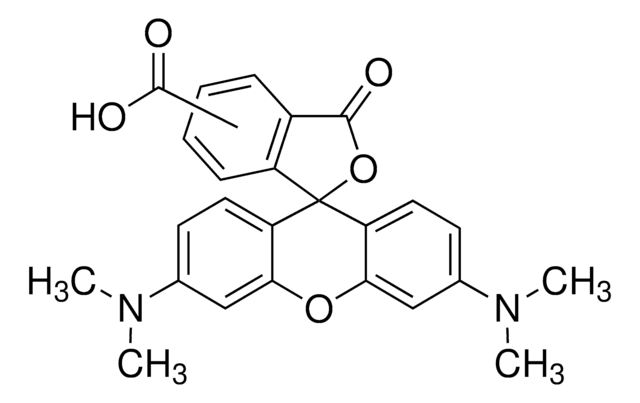53048
5-Carboxy-tetramethylrhodamine N-succinimidyl ester
BioReagent, suitable for fluorescence
동의어(들):
"4-Carboxytetramethylrhodamine N-succinimidyl ester", 5-TAMRA
About This Item
추천 제품
제품 라인
BioReagent
Quality Level
solubility
DMF: soluble
acetonitrile: soluble
형광
λex 543 nm; λem 578 nm in 0.1 M phosphate pH 7.0
적합성
suitable for fluorescence
저장 온도
−20°C
SMILES string
CN(C)c1ccc2c(OC3=C\C(C=CC3=C2c4ccc(cc4C([O-])=O)C(=O)ON5C(=O)CCC5=O)=[N+](\C)C)c1
InChI
1S/C29H25N3O7/c1-30(2)17-6-9-20-23(14-17)38-24-15-18(31(3)4)7-10-21(24)27(20)19-8-5-16(13-22(19)28(35)36)29(37)39-32-25(33)11-12-26(32)34/h5-10,13-15H,11-12H2,1-4H3
InChI key
VWFRSNKRTNUMET-UHFFFAOYSA-N
애플리케이션
기타 정보
Storage Class Code
11 - Combustible Solids
WGK
WGK 3
Flash Point (°F)
Not applicable
Flash Point (°C)
Not applicable
개인 보호 장비
Eyeshields, Gloves, type N95 (US)
이미 열람한 고객
자사의 과학자팀은 생명 과학, 재료 과학, 화학 합성, 크로마토그래피, 분석 및 기타 많은 영역을 포함한 모든 과학 분야에 경험이 있습니다..
고객지원팀으로 연락바랍니다.








